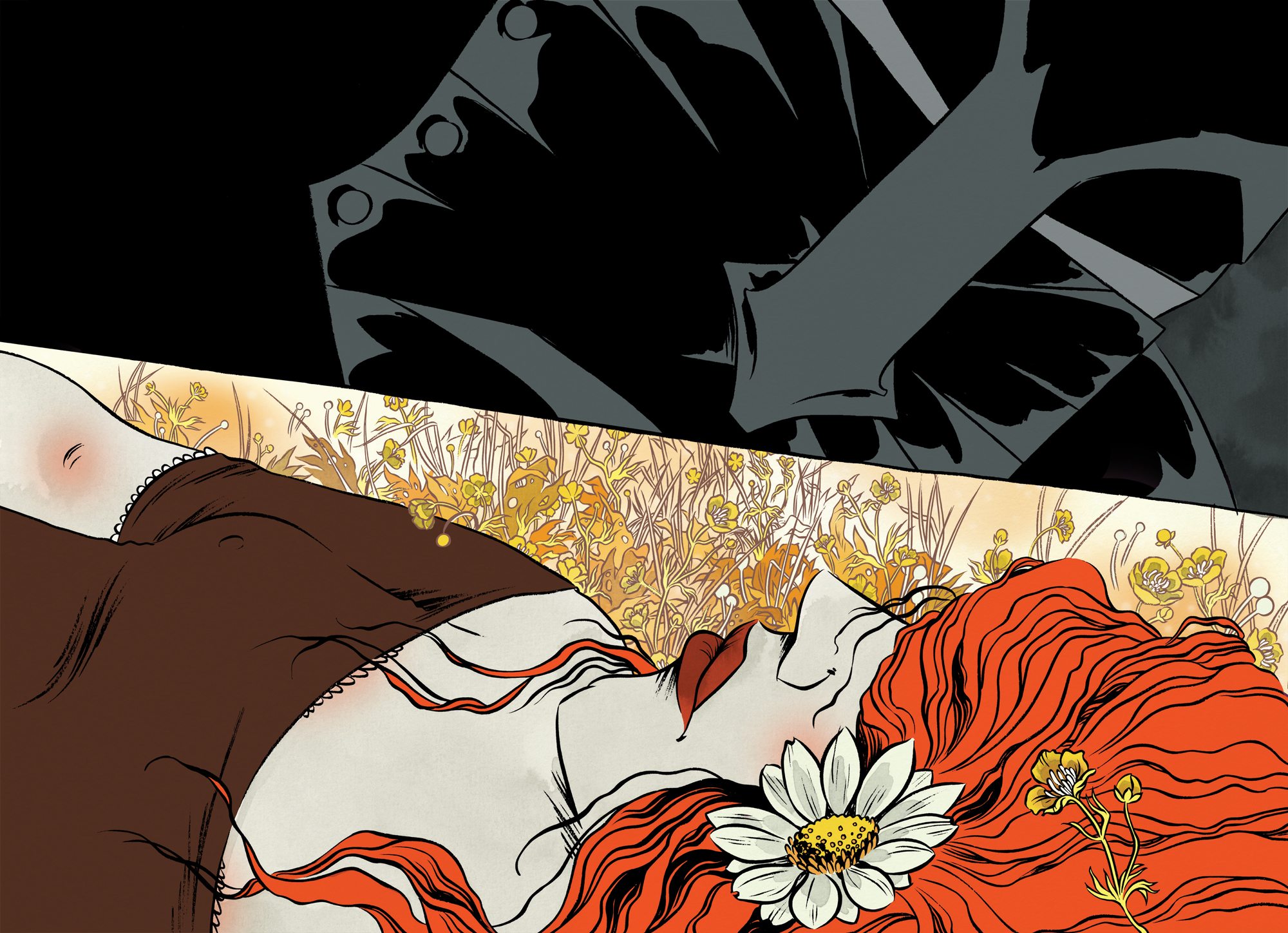 When, in 2009, Toronto author-illustrator Willow Dawson read that 500 lost fairy tales had been discovered in a German archive, she felt an immediate sense of intrigue and connection. Dating back 150 years, the stories were by Franz Xaver von Schönwerth, a contemporary of the Grimm Brothers, whose tales Dawson had grown up reading. “I decided that I really wanted to do something with [von Schönwerth’s stories] but didn’t know what it would look like at that time,” she says.
When, in 2009, Toronto author-illustrator Willow Dawson read that 500 lost fairy tales had been discovered in a German archive, she felt an immediate sense of intrigue and connection. Dating back 150 years, the stories were by Franz Xaver von Schönwerth, a contemporary of the Grimm Brothers, whose tales Dawson had grown up reading. “I decided that I really wanted to do something with [von Schönwerth’s stories] but didn’t know what it would look like at that time,” she says.
It wasn’t until six years later that the project began to take shape. Dawson began working with translator Shelley Tanaka to select some of the stories to include in an English-language collection for adults. White as Milk, Red as Blood, released by Knopf Canada in April (with a foreword by Philip Pullman), is the first illustrated, full-colour edition of von Schönwerth’s work ever published.
Dawson says she wanted to move beyond the traditional illustrative style associated with fairy tales, in which images represent peak moments in the narrative. For these uniquely dark, sometimes spare stories, she focused instead on complementing the text by elucidating its more ambiguous undertones and portraying its moods. “People don’t expect illustrations in a fairy tale to say much more than the words, but, to me, text and image should work together as a whole,” Dawson says. “The strongest tension in these stories is with what isn’t being directly said, or is said in a roundabout way.”
One element the original German text only hinted at is sexual assault, as in the story “The Knight and the Forest Maiden,” about what von Schönwerth had referred to as a “harassing” knight. “I thought about the use of ‘harasses,’ which I pictured as raping and hurting. So this was a violent man. I wanted to show that in the illustrations,” Dawson says of the split-panel image, which contrasts an extreme close-up of the knight rendered in black and grey – his face obscured by a helmet – bearing down on the brightly hued sleeping maiden. “Other translations seemed to soften things, but we agreed to stay as close to the original German as possible and not to shy away from violence, sex, and the other hard topics.”
Dawson’s process included mining her own childhood fears – she grew up in Vancouver during the time the notorious child killer Clifford Olson was at large – as well as listening to true crime podcasts. She notes the parallels between these modern narratives and stories like those by the Grimms and von Schönwerth. “They were the cautionary tales of their day, but this stuff is still so prevalent, and these fears are still so ripe and justified. As women especially, we are taught from a young age to constantly create escape strategies in our heads,” Dawson says. “I really tried to dive into my own fear. That’s where the heart of this comes from, diving into my own fears around being a woman.”
 Contact us via email
Contact us via email
